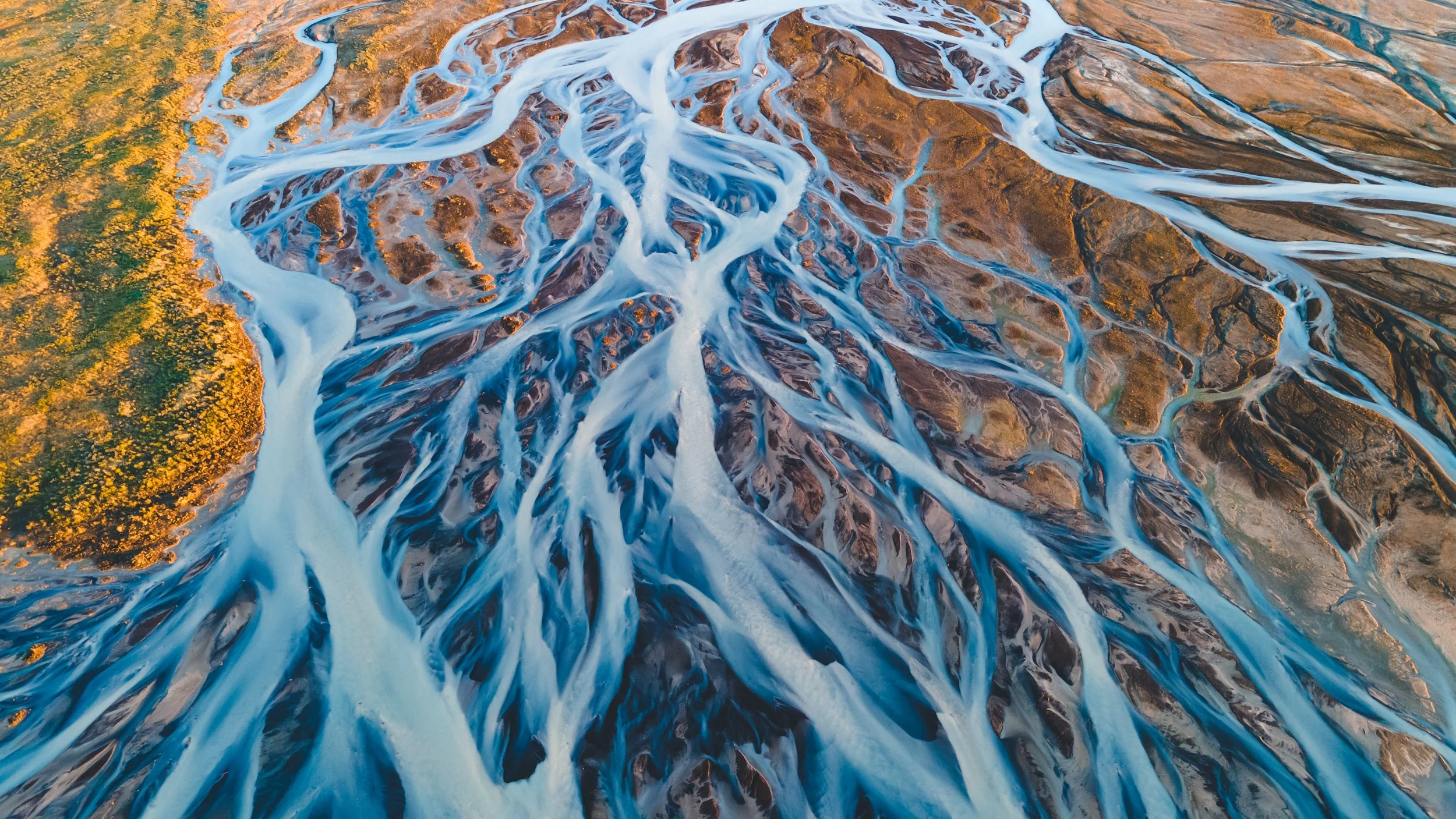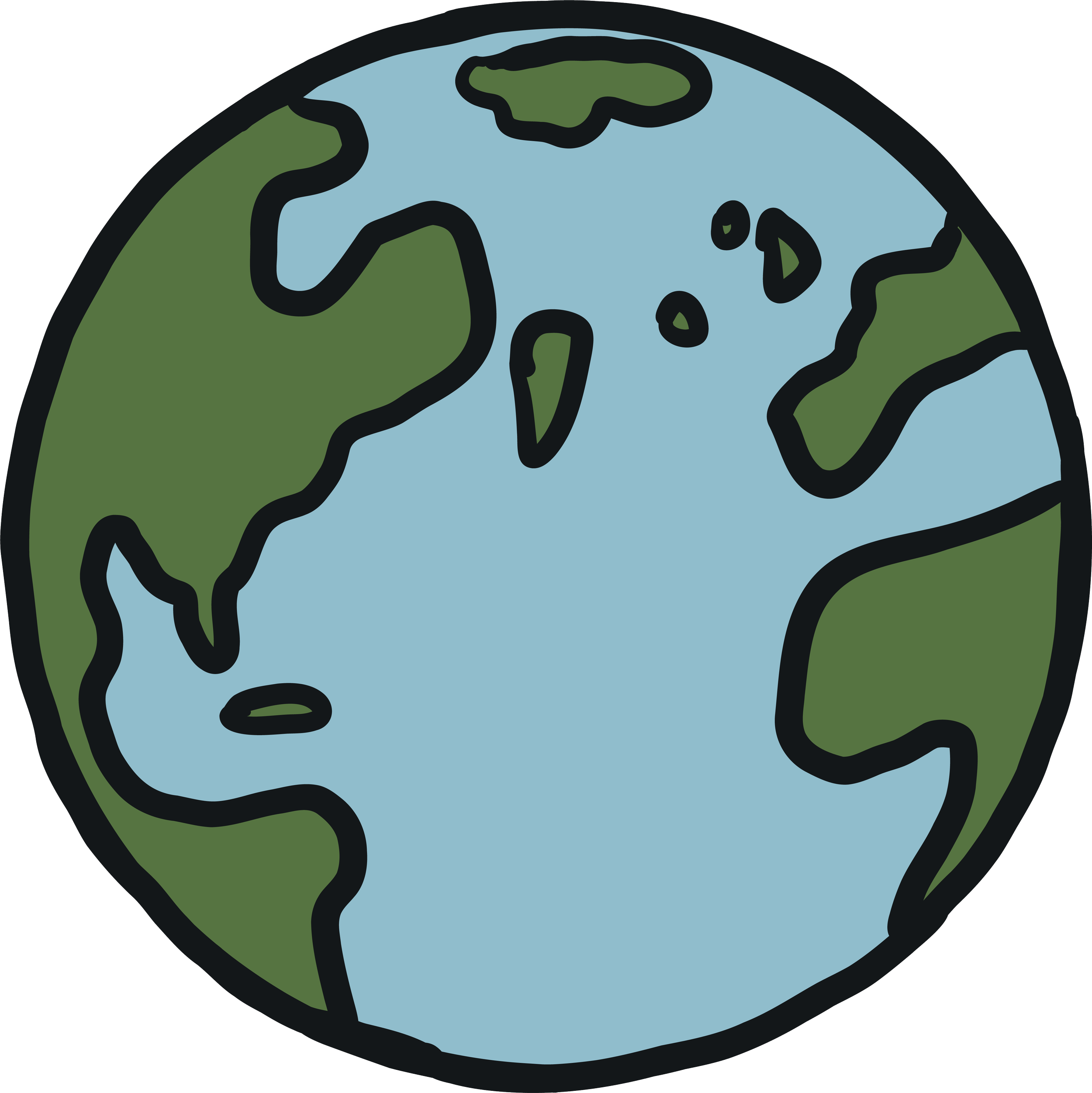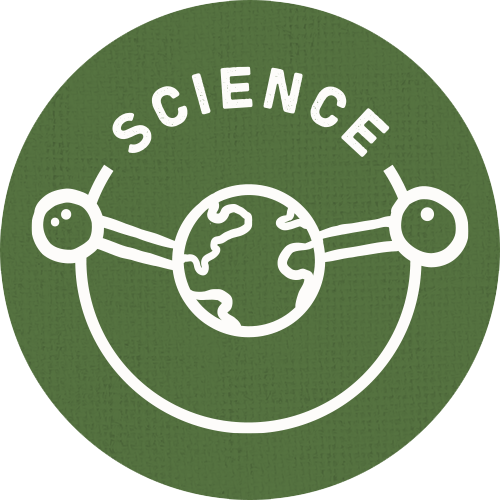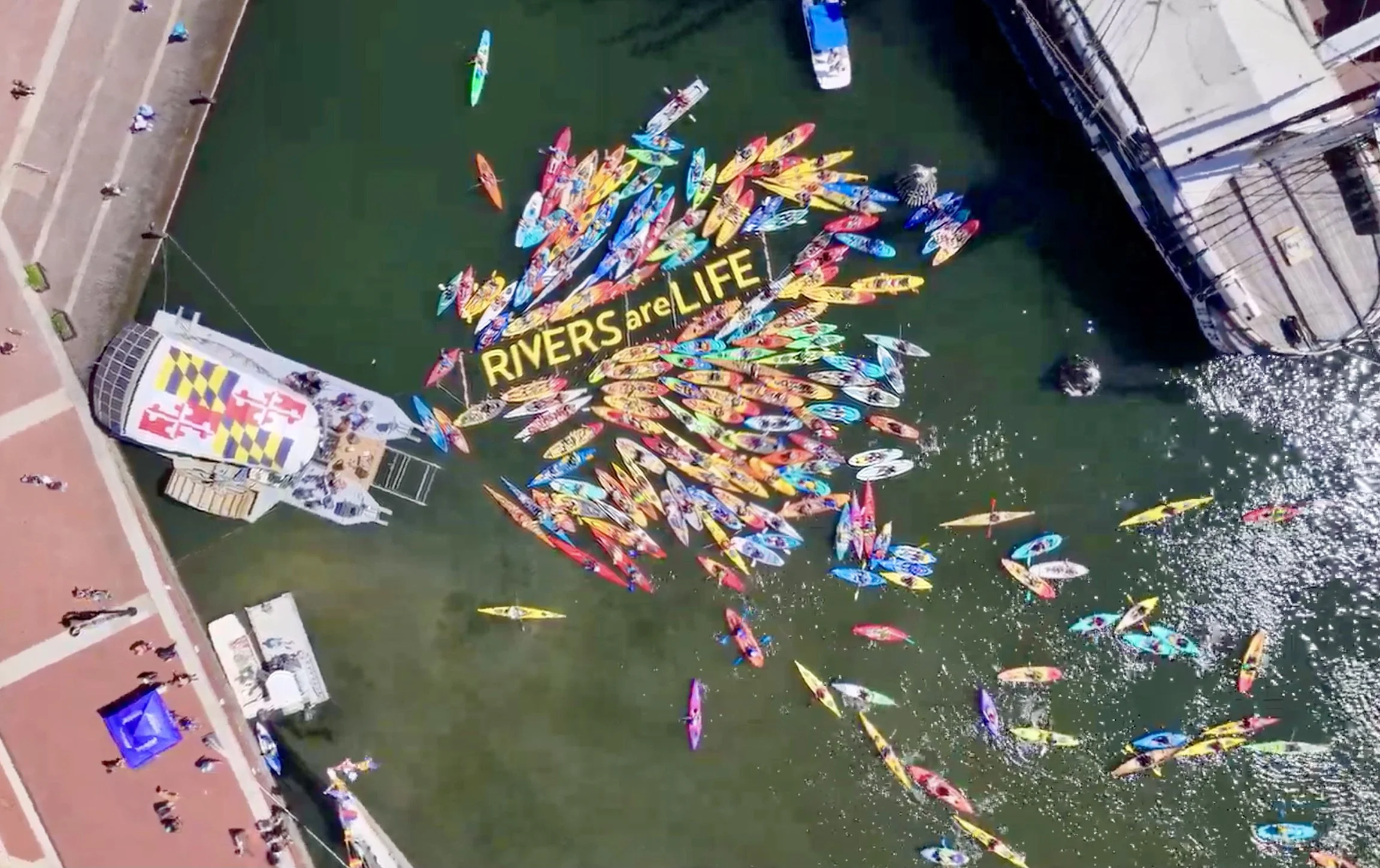
One planet. Inspiring projects.
WHERE RIVERS CONNECT EVERYTHING.
Clean water, healthy air, thriving wildlife, our future flows from rivers.
Join us as we power 1,000 projects to keep our planet alive and thriving.

Tackle 1,000 projects for a better tomorrow.
Every river we highlight or complete a project on safeguards clean water, healthy ecosystems, and thriving communities.
Through the Rivers are Life Foundation, we turn awareness into action by funding and executing hands-on projects around the globe. From coastal cleanups in Alaska, to species protection in the Great Lakes, to global surveys of freshwater health, the Foundation drives measurable change where it matters most.
Since 2025, the Rivers are Life Foundation has supported projects that have removed over 10,000 pounds of waste, restored habitats for endangered species, and advanced science-driven conservation.
Our goal is bold: 1,000 projects by 2050. With your support, we can keep the lifeblood of our planet flowing for generations to come.
Rivers are the lifeblood of the planet. They carry the water that sustains communities, nourishes wildlife, and shapes landscapes. But rivers don’t flow alone, they connect directly to the air we breathe, the wildlife and communities that depend on clean water, and the science that helps us understand and protect it all.
At Rivers are Life, we believe that protecting rivers means protecting the entire system of life on Earth. That’s why our One Planet approach highlights the deep connections between.
Start Exploring


EXPLORE. WATCH. READ. LISTEN.
Rivers connect us all — to air, wildlife, science, and to one another. Every person has the power to protect the lifeblood of our planet. Here’s how you can take action today:
Make a Donation - Coming Soon
Your gift fuels River Heroes and impact projects around the world. Every contribution brings us closer to 1,000 projects by 2050.
Fund a Project
Help fund a current project. From restoring habitats and removing waste to advancing river science. See the difference your support makes in real time.
Business Sponsorships
Join us as a corporate partner. Together we can design sponsorships that drive change, inspire employees, and support ESG goals.
















